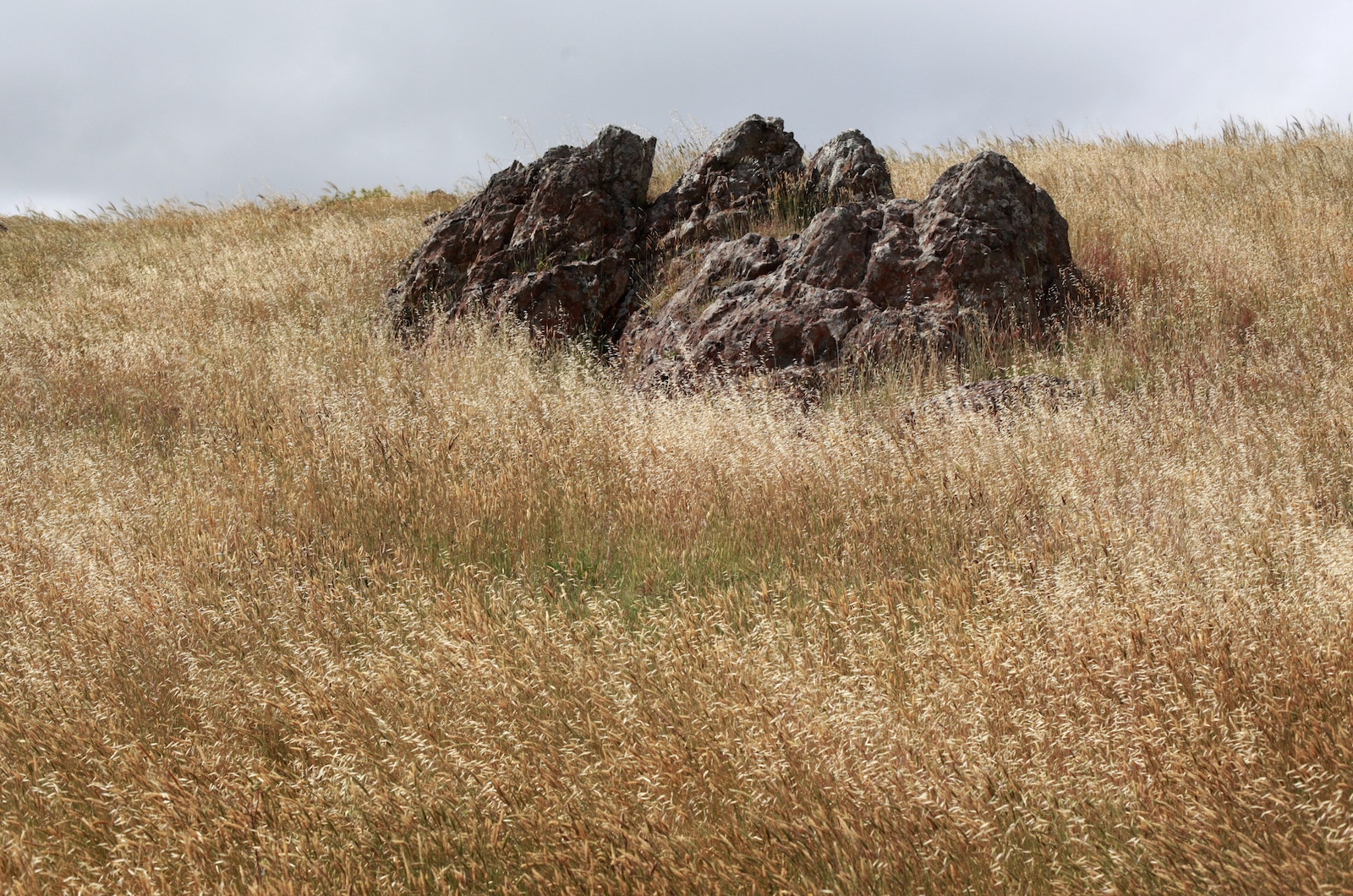()
I’ve been thinking the entanglements of infrastructure in my recent work, specifically looking at the nocturnal ecologies connecting the city of Melbourne with the brown coal mines and power stations of the Latrobe Valley and the deep temporality of this compressed ancient forest. Val Plumwood’s work on shadow places1 has been useful in thinking about how the sites of production are connected to the places we live and work in. While I’m at Bogong I’m thinking about the Kiewa Hydro scheme, a parallel State Electricity Commission (SEC) project which uses flowing water to generate electricity so that we can operate our light bulbs, laptops, industrial machinery and the other devices we depend upon. The physical connection of the electrical grid directly connects our homes and workplaces to this vast infrastructure and gives us constant safe access to electrical energy.
The Information Centre in the town of Mount Beauty, just down the mountain and like Bogong a place built by the SEC for workers and their families, has a display on the traditional owners of the area, the “Dhudhuroa or Duduroa on the Mitta Mitta River, Kiewa Valley, and on the Murray Valley from Albury to Jingellic and the Yaitmathang on the Bogong High Plains”. In this display is a stone axe head, which was found near the junction of the West Kiewa and Kiewa Rivers in 1930. The stone is identified as coming from the site known as Mount William, or Wil-im-ee Moor-ring to the Wurundjeri traditional owners.
I visited the Wil-im-ee Moor-ring site last year, on one of the occasional tours run by the Wurundjeri to show where their ancestors quarried the stone. It’s located near Lancefield, around 200 kilometres from Bogong. The guide showed us around a grassy hilltop, with a few rocky outcrops of the same stone that was split away using fire to heat it and then water to quench and split usable stones away. The stones were taken to other sites for working and polishing and then traded in an extensive network of social relationships, some stones from the site have been found in Queensland.
The stone is a kind of basalt, very hard and suited for cutting bark and footholds in trees when polished and sharpened. Control of the site gave the Wurundjeri and a lot of prestige and ability to trade for many other goods as this was one of the few sites where such stone could be accessed. The plaque accompanying the axe head in Mt Beauty suggested it might have been traded or given during a summer expedition for Bogong Moths, perhaps by Wurundjeri travelling a long way, or by another group on the ‘secondary market’ but the physical artefact retains a connection to its place of origin and can be traced back by geological markers to that site. Museums Victoria have an axe in excellent condition on display, as well as a description and images on their website.
What interested me in thinking about the stone in Mt Beauty as part of a broad trading network is how it offers a direct connection to sites of extraction across a large distance. I don’t want to draw too many similarities to the current situation where many mining practices are troubling (to put it mildly) from an ecological perspective, only that to reflect on the spatial connections which can be encountered across sites and the ways these can draw connecting threads between places across cultures.
